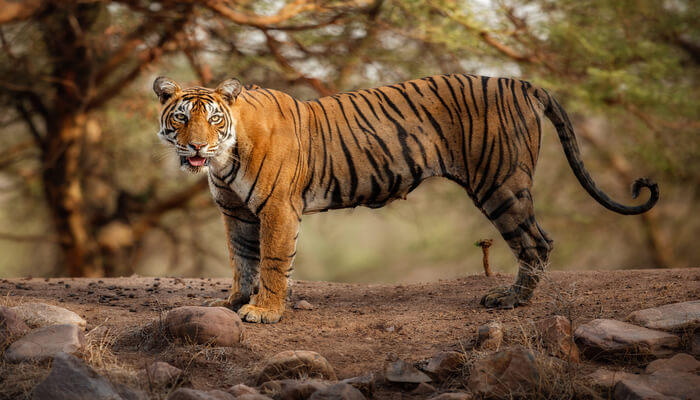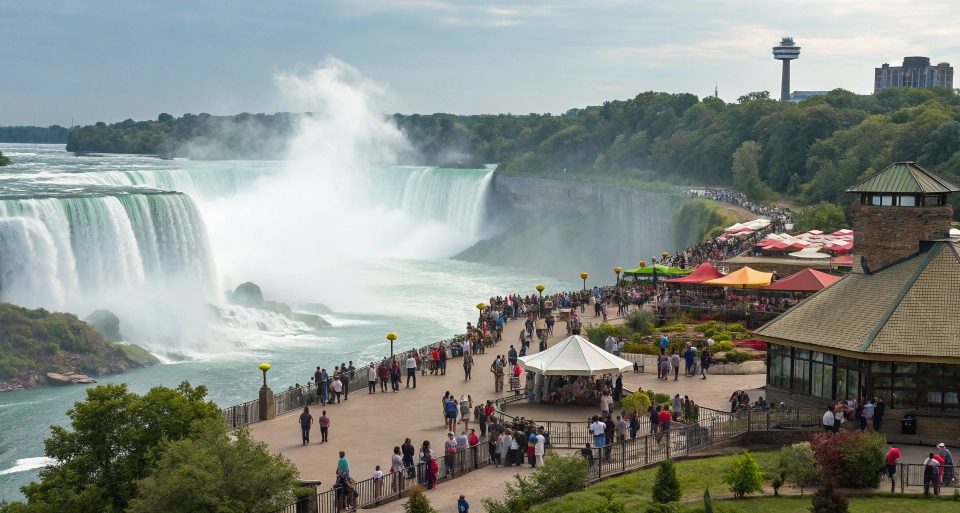5 national parks of Asia worth visiting

The 11 best travel tips and tips for traveling
May 19, 2020
5 Fun Things to Do When Traveling to Chicago
July 4, 20205 national parks of Asia worth visiting

Visiting the national parks of Asia will be an excellent opportunity to discover the biodiversity of this continent.
The Asian ecosystem is quite varied: you can find jungles, beaches, deserts, and mountains with very peculiar characteristics. Without forgetting the snowy areas in the north. In the following article, we will introduce you to some national parks in Asia that you cannot miss. Visiting them will be an excellent opportunity to discover the biodiversity of this continent. In the meantime, let’s get to know them better through our introductory article. Here are the best national parks in Asia.
Table of Contents
ToggleWhat are the national parks of Asia not to be missed?
Across the continent, there are nearly 1,000 protected areas and reserves enjoying national park status. The countries with the most significant number of these are China, India, and Thailand. Among the Asian national parks, we can highlight:
-
Sundarbans National Park (India – Bangladesh)
Located in the state of West Bengal, Sundarbans National Park – in the photo that opens this article – was founded in 1987 and covered an area of over 133,000 hectares. The primary source of water is the Ganges river, and the typical ecosystem is the dense mangrove forest.
As for fauna, this national park is home to the saltwater crocodile and the Bengal tiger, but it is also home to macaques, flying foxes, river dolphins, seagulls, pigeons, sawfish, hawksbill turtle, king cobras and pythons of Burma.
-
Great Himalayan National Park (India)
It is one of the newest Indian parks since it was founded in 2014, in the north of the country. Specifically in the state of Himachal Pradesh, and is located at the height of between 1,500 and 6,000 meters. The best time to visit is between September and November when fauna makes its temporary migration to low latitudes.
Although life here is complicated enough for obvious climatic reasons, around 375 species of animals still increase in reserve. Among these, we can highlight the snow leopard, the Siberian musk (a type of deer), the collared bear, the bharal, the sirau, the wolf, the goral, and the rhesus macaque.
-
Khao Sok National Park (Thailand)
Another of the national parks of Asia not to be missed is located in the province of Surat Thani and has an area of 740 km², which is home to the Cheow Lan Lake and a limestone mountain range. The reserve’s ecosystem is mostly based on the tropical forest.
Bamboo is the leading tree that grows in Khao Sok, as well as lianas. They both provide food and protection to many species of animals that live in the region, including the Malayan tapir, the Asian elephant, the tiger, the Indian sambar deer, the gaur, and the squirrel struggle, the white gibbon, the black macaque. And the Montello.
-
Tunkinsky national park (Russia)
Also known as Tunka, it is a park located in central and southern Siberia, in particular in a mountainous area covered with valleys and lakes 200 kilometers from the city of Irkutsk. The ecosystem is made up of meadows, glaciers, waterfalls, and even thermal springs.
As for the typical fauna, Tunkinsky is the habitat of the snow leopard (in danger of extinction) and here also live the alpine cuon (also known as Asiatic wild dog). The eastern roe deer, the elk, the wolverine, the steppe skunk, and fish such as carp and grayling.
-
Jiuzhaigou National Park (China)
We close our review dedicated to the national parks of Asia with this, which includes three valleys: Rize, Zechawa, and Shuzheng. It is located in northern Sichuan province and was founded in 1992. Between mountains, highlands, waterfalls, lakes, and snow-capped peaks, this protected area rises from 2,000 to 4,500 meters.
It covers 720 square kilometers and has a subtropical climate that can reach -4 degrees in winter and 17 in summer. Jiuzhaigou park is home to the giant panda and the golden rhinopithecus. These are two new species, unfortunately, endangered. Also, around 140 bird species can be observed.


